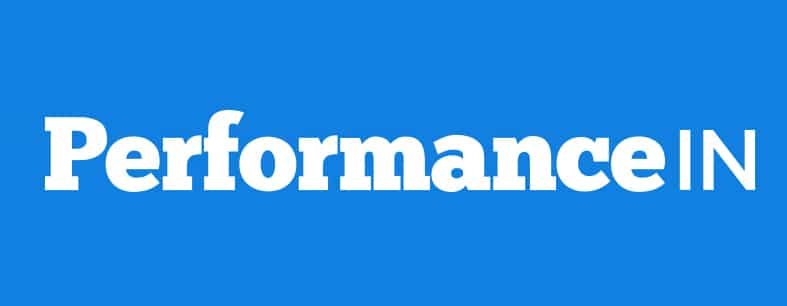Changes in consumer behaviour during the lockdown period accelerated the popularity of podcasts, however, with a record 11.2 million listens during the week of 20th April on the Acast network alone. The most popular podcast topics were news and politics, food and drink, and comedy with listeners seeking the latest updates, inspiration for home cooking and a little light relief from the situation.
But despite the continual increase in podcast popularity, there are perceptions it’s yet to be tried and tested. Now the COVID-19 crisis is driving more listeners to podcasts and functioning as a stress test for the format, advertisers should take the opportunity to invest in this relatively nascent channel and drive business outcomes.
Here are three key benefits of utilising programmatic advertising within podcasts.
Access to valuable audiences
Digital audio advertising has one major advantage over other forms of media in that it doesn’t require a screen, so it allows advertisers to reach consumers when they are engaged in other activities. Pre-lockdown, many assumed podcast audiences were most likely to listen when driving or travelling by public transport, but recent experience has shown podcast audiences also listen when exercising or doing household chores – activities which make them hard to reach through visual channels. Also, podcast listeners in particular can be difficult to access through other digital audio channels, with over half of listeners saying they don’t stream music, for instance.
Podcast listeners are a particularly valuable audience for brands, with a 2019 MIDAS study showing over two-thirds fall within the ABC1 demographic, and 4DC research revealing podcast listeners significantly outspend non-listeners in multiple consumer areas, including health, in-home, and food and drink. Podcast listeners are more active on social media than the general public and are also more likely to recall ads and engage with advertisers. The channel’s audiences are growing across all age groups and are split relatively evenly by gender, enabling a wide reach.
Exposure in engaging environments
Podcast listeners are highly engaged with content, and therefore more responsive to associated advertising. Unlike passive music consumption, they are actively listening to shows they have often specifically sought out, with almost three-quarters of podcast listeners reporting they tune in to learn something new. This can be seen in the high listen-through rates (LTR) and listener loyalty to their favourite shows.
As 90% of podcast listening is done alone, the content commands a strong one-to-one advantage. After travelling, the second most likely activity for a listener to be doing while consuming a podcast is relaxing, which indicates a willingness to give their full concentration to the subject. Without visuals, listeners need to use their imaginations to enhance the podcast narrative and – in a digital world of visual overload and rapid interactions – podcasts provide a respite from the commotion as well as the opportunity to connect deeply with a topic in a calm and sedate way.
Meeting business outcomes
With advances in programmatic audio, podcast advertising can now be more easily integrated into omnichannel, multiplatform media buys. Programmatically insertable audio messaging gives advertisers creative control and keeps production costs low as creative can be produced once and delivered at scale, which is not the case with other forms of podcast advertising such as host reads and content partnerships.
Ads can be created and targeted according to categories, which makes the medium efficient. Brands can have a consistent presence across multiple podcasts within the same genre, offering extended reach. The strategies can also be more complex and personalised to the end user based on the situational circumstances such as weather, daypart and location, device used, or to target by mood and inferred interests by ensuring creative is relevant to the podcast content when the ad is requested. Ads can be customisable through dynamic creative optimisation (DCO), which uses artificial intelligence to personalise creative to listeners and their circumstances.
The IAB and NPR have released measurement standards for podcasts, allowing advertisers to verify the spot is played as intended across any and every platform and device. Metrics such as LTR provide a better understanding of audience engagement and allow billing based on the rate of completed listens. While the measurement of digital audio may not yet be as sophisticated as other digital counterparts, it is continuing to improve, and programmatic audio ads can be planned to closely align to an advertiser’s overall objective.
While COVID-19 lockdowns gave podcasting a boost, it was already an increasingly popular channel with valuable audiences. The continual developments in targeting, measurement, attribution, and customisation, mean podcasts should form a key component of programmatic campaigns, and an essential one for any advertisers after tangible business outcomes.

